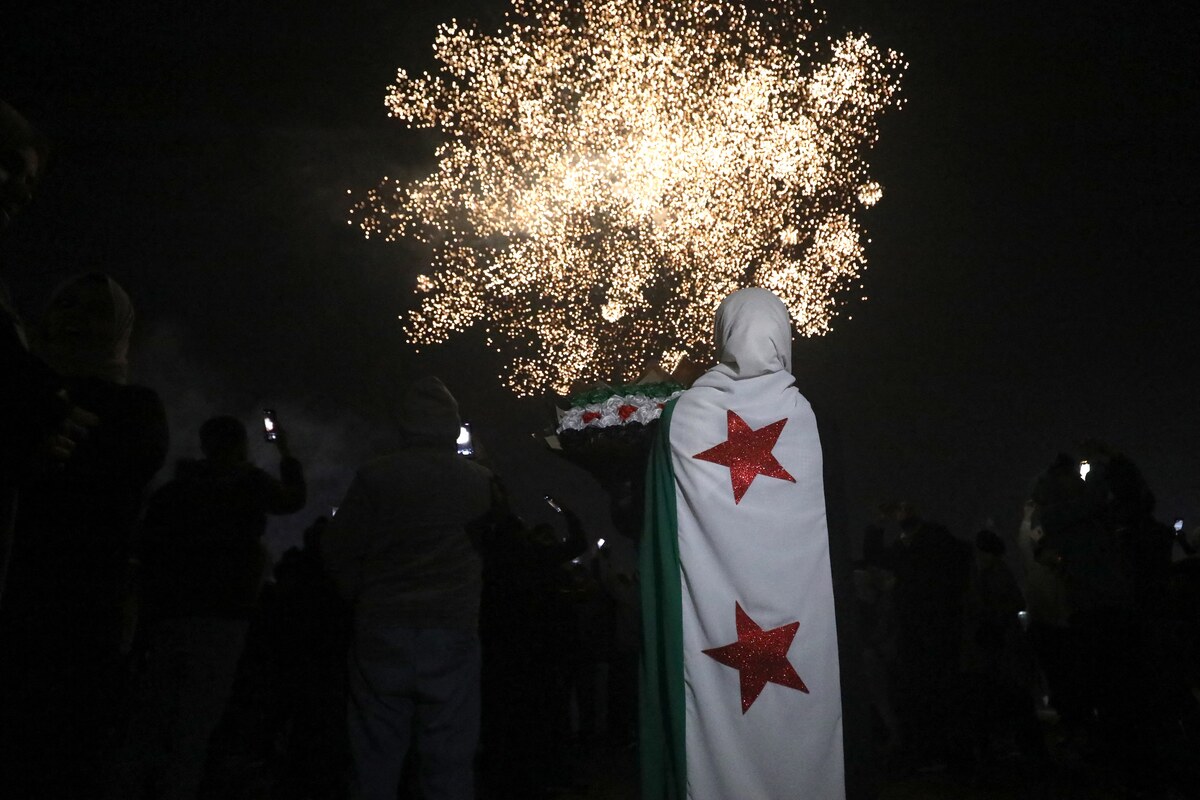RIYADH: Saudi Arabia’s non-oil exports surged in October, with the UAE and China emerging as the Kingdom’s top trading partners, showcasing its ongoing efforts to diversify the economy under Vision 2030.
Outbound shipments to the UAE reached SR5.86 billion ($1.56 billion), a rise of 54.2 percent compared to the same month last year, according to the latest report by the General Authority for Statistics. Mechanical and electrical equipment topped the list of exports to the UAE, valued at SR3.11 billion, followed by transport parts worth SR713.5 million and chemical products at SR503.8 million.
China was the second-largest destination for Saudi Arabia’s non-oil exports during the month, receiving shipments worth SR2.35 billion. Chemical products accounted for SR826.3 million of these exports, followed by plastic and rubber goods valued at SR795.1 million. Mineral products worth SR300.5 million were also exported to China in October.
Strengthening the non-oil sector is a cornerstone of Saudi Arabia’s Vision 2030, which aims to reduce the Kingdom’s reliance on crude revenues. The initiative has been a key driver of economic policy since its launch in 2016, and officials have pointed to tangible progress in this direction.
Speaking at the World Economic Conference in Riyadh last month, Saudi Arabia’s Minister of Economy and Planning, Faisal Al-Ibrahim, highlighted that the non-oil sector now accounts for 52 percent of the Kingdom’s real gross domestic product. He further noted that non-oil economic activities have been growing at an annual rate of 20 percent since the Vision 2030 reforms began.
This diversification push has been underscored by recent economic indicators. Saudi Arabia’s Purchasing Managers’ Index, which measures business activity in the non-oil private sector, rose to 59.0 in November from 56.9 in October.
A PMI reading above 50 indicates expansion, and November’s figure represents the fastest pace of growth since July.
India was another key destination for Saudi Arabia’s non-oil goods in October, with exports totaling SR2.11 billion. Other significant markets included Singapore, which received SR947.5 million in shipments, and the US, which accounted for SR829.6 million.
European markets also featured prominently among Saudi Arabia’s export partners. Belgium imported SR820.7 million worth of non-oil products, while Egypt and Turkiye received SR808.8 million and SR767.9 million, respectively.
Overall, Saudi Arabia’s non-oil exports reached SR25.38 billion in October, reflecting a 12.7 percent year-on-year increase compared to the same period in 2022.
Export channels
Maritime routes continued to play a vital role in facilitating the Kingdom’s non-oil trade, handling shipments worth SR15.41 billion in October. King Fahad Industrial Sea Port in Jubail was the top exit point, processing exports valued at SR3.77 billion, followed by Jeddah Islamic Sea Port at SR3.53 billion.
Other key ports included Jubail Sea Port, which handled outbound shipments valued at SR1.86 billion, and King Abdulaziz Sea Port, which processed SR2.36 billion worth of exports.
Land routes accounted for SR5.20 billion of non-oil exports, while air shipments contributed SR4.75 billion. Among airports, King Khalid International in Riyadh and King Abdulaziz International in Jeddah handled exports valued at SR2.25 billion and SR2.38 billion, respectively.
Imports trends
While non-oil exports experienced robust growth, Saudi Arabia’s imports declined by 3.8 percent year on year to SR72.01 billion in October. Machinery and equipment topped the list of imported goods, comprising 25.7 percent of total imports and reflecting a 6.9 percent annual increase.
However, transportation equipment imports fell sharply by 21.6 percent, accounting for 15.3 percent of total imports. This decline in transport-related imports highlights shifting priorities in the Kingdom’s procurement patterns as it continues to diversify its economy.
China remained the Kingdom’s largest source of imports, supplying goods worth SR17.58 billion in October. These included mechanical and electrical equipment valued at SR7.54 billion, transport equipment at SR2.28 billion, and base metal products at SR1.73 billion.
The US was the second-largest source of imports, with shipments totaling SR5.69 billion, followed by the UAE at SR4.34 billion. Other notable trading partners included India, which supplied goods worth SR4.11 billion, and Germany, which accounted for SR3.21 billion in imports.
Saudi Arabia’s sea routes handled 60.6 percent of its total imports in October, amounting to SR43.67 billion. King Abdulaziz Sea Port in Dammam was the primary entry point, receiving SR21.16 billion worth of goods.
Air routes accounted for SR19.38 billion of imports, while land shipments contributed SR8.94 billion. Among land ports, Al Bat’ha Port was the most significant, handling SR3.84 billion worth of inbound goods.
Merchandise exports
Despite the positive performance in the non-oil sector, Saudi Arabia’s overall merchandise exports fell 10.7 percent year on year in October, reaching SR92.78 billion. This decline was primarily driven by a 17.3 percent drop in oil exports, which still account for a majority of the Kingdom’s trade.
Oil’s share of total exports fell to 72.6 percent in October, down from 78.3 percent in the same month last year. This shift underscores Saudi Arabia’s commitment to reducing its reliance on crude sales as part of its long-term economic strategy.
China remained the top recipient of Saudi exports overall, importing goods worth SR14.95 billion. India was the second-largest market, receiving SR8.79 billion in shipments, followed by Japan at SR8.70 billion and South Korea at SR8.31 billion.
Other major export destinations included the UAE, which received SR7.05 billion worth of goods, and Egypt, which accounted for SR3.49 billion. Poland and Singapore were also significant markets, importing SR3.43 billion and SR2.68 billion, respectively.
Saudi Arabia’s ongoing investments in economic diversification are expected to sustain growth in the non-oil sector. A recent report by PwC Middle East projected that the Kingdom’s non-oil economy will expand by 4.4 percent in 2025, building on the current momentum.
The report also noted that the non-oil private sector grew by 4.9 percent in the second quarter of this year, contributing to an overall expansion of 3.8 percent in the non-oil economy.
As the Kingdom advances its Vision 2030 goals, non-oil exports and trade partnerships will remain critical to driving sustainable economic growth.






























